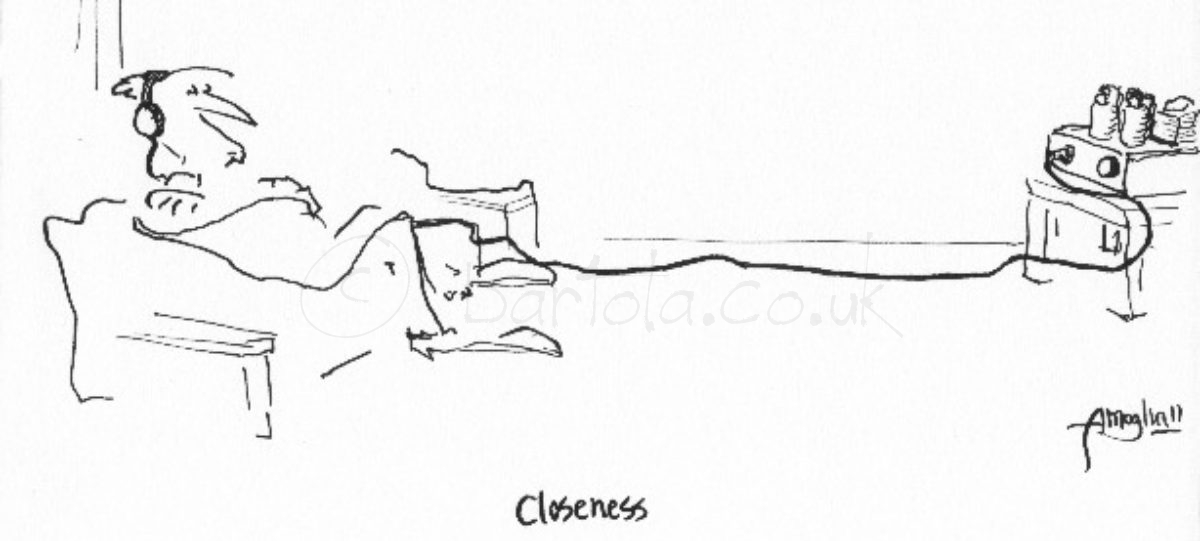After a recent discussion in the DYI Audio forum about the 4P1L drivers, I decided to do some quick tests on an idea I had around to use a step up transformer (1:4) – 4P1L and step up interstage transformer (1:2) to drive a 300B or similar using the 4P1L in filament bias.
First suspicion is on whether the 4P1L has the grunt to drive a capacitive load which would be a real challenge in a 1:2 step up as load capacitance is multiplied by 4 when impedance is reduced by a factor of N^2=4.
I built a test rig with the 4P1L in filament bias using a 15Ω wire-wound filament resistor and connected the filaments in parallel to obtain easily a nice bias voltage with 650mA of filament current. Also lower Rf will improve the low frequency response as helps keeping low the output impedance:

The valve was biased at Ia=30mA / Va=160V and grid bias is about -10.2V. A 10KΩ resistor was added as a primary Zobel as per recommendation of the datasheet. Then it was replaced by a 25kΩ potentiometer (P1) and the right value was found by looking at the frequency response.
Initial tests showed a very good response at 1kHz with only 0.24% THD @200Vpp output. The gain is approximately 16. The mu of the 4P1L with paralleled filaments is around 8 and lower than when used in series which is approximately 9-10. Albeit the results were promising initially, the real test of this stage is by looking at high frequency response where the capacitance will makes it real pain.

























